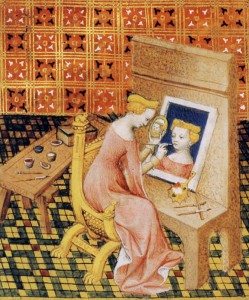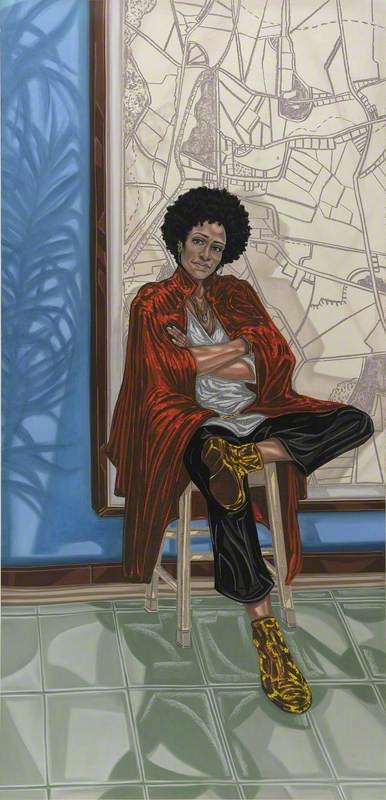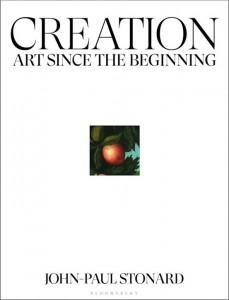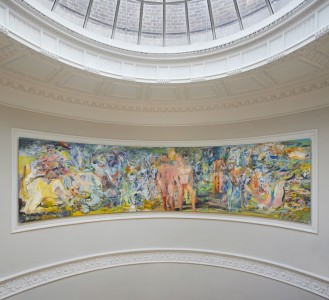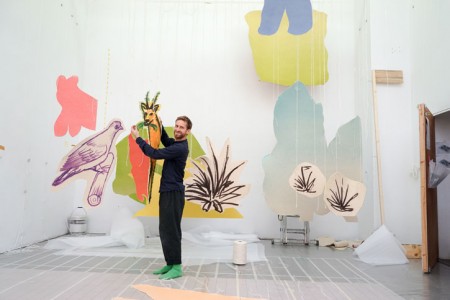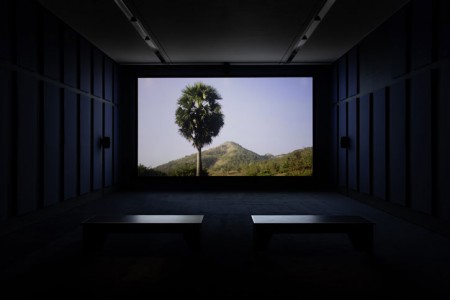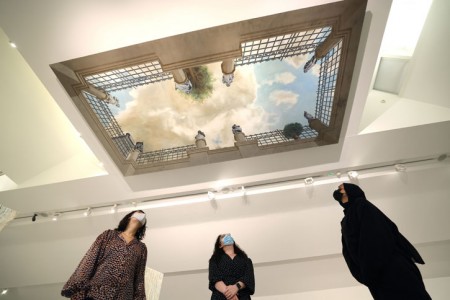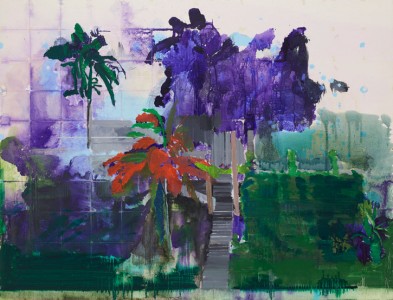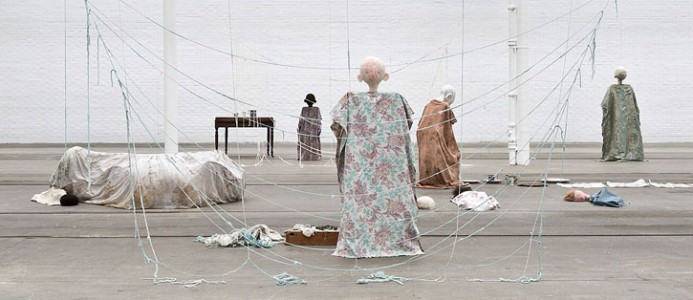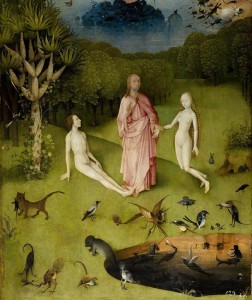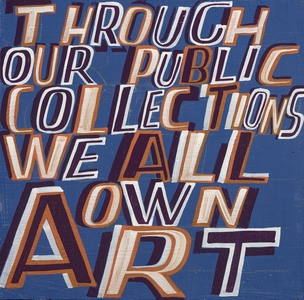Are you a teacher or a parent wanting to make sure that you are giving young people every chance to be creative? If so, what conditions do you think enable creativity to flourish?
To try and answer this question when writing my book Nurturing Creativity in the Classroom: An exploration of consensus across theory and practice, I investigated the ways in which people, well-known for being creative, had their creativity supported from an early age. As well as interviewing some creative people, I also researched what creative people have to say about their early creative experiences and looked at the work of Howard Gardner who conducted a study into the lives of, among others, Pablo Picasso and T. S. Eliot.
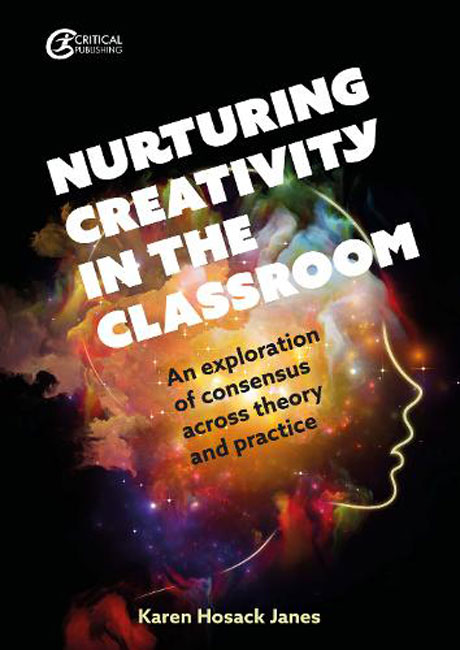
One of the people I interviewed was the Royal Academician artist Bob and Roberta Smith. He told me that art was all around him when he was growing up because both of his parents were working artists. From a young age, conversations about art happened a lot in his house, and he thinks this might have been particularly the case because his parents were also teachers – his father was the director of Chelsea School of Art.
Through Our Public Collections We All Own Art
2016
Bob and Roberta Smith (b.1963) 
He also recounted a memory to me of when his mother drew him a picture of a Christmas pudding, asking as she drew what ingredients might go in it and who she should draw sitting around the table to eat it. The memory was clearly moving as it was a moment when he and his mother enjoyed being creative together, connecting through the art of drawing, and also through their fun responses to an imagined event. In his book You Are An Artist (2020) he describes a similar dialogic encounter between himself and his daughter when she was young, focusing on a drawing she had done of a giraffe.
Comparable experiences of the arts being valued in everyday life when growing up, whether at home or at school, were remembered by other people I interviewed. It was also a prevalent theme in the childhoods of the people I researched, and present in the lives of the creative people Gardner studied.
Two other common themes (or conditions) emerged from my investigations. Namely, from an early age, the creative people were able to experiment and play with ideas, and also they had positive experiences of collaborating with other people. Both are demonstrated in the memory Bob and Roberta Smith described to me.
These three 'conditions for nurturing creativity' (as I propose) are used in the rest of the book as lenses to view a variety of theories and current educational practices, in and out of school settings, including online cultural learning programmes. The overall aim is to demonstrate how much consensus there is around developing creative skills. Each chapter guides the reader through some complex ideas and poses reflective questions with a view to the reader arriving at their own personal (creative) understanding of creativity.
Bob and Roberta Smith signing the limited edition prints in the Art UK offices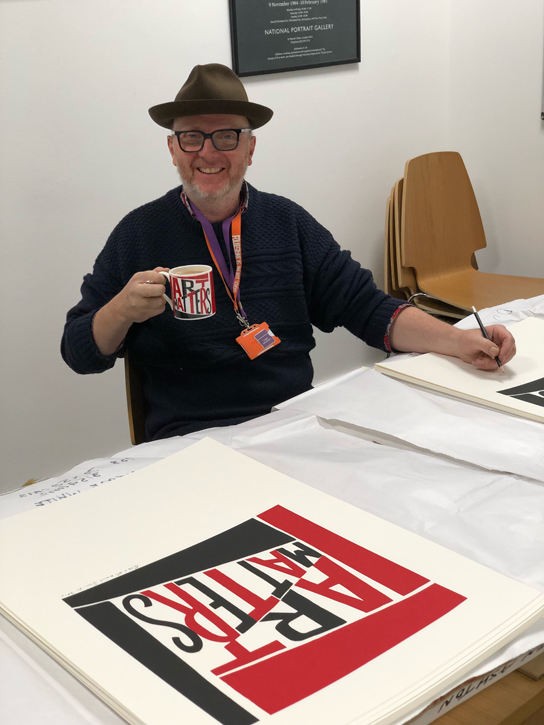
The multiple perspectives voiced throughout the book, including from writers, artists, musicians, academics, teachers and cultural venue educators, make it clear that developing creative skills is a life-affirming experience that has widespread social, cultural and economic benefits. Highlighted is the importance of understanding that creativity comes about when an individual has a significant amount of creative agency. This means, in practical terms for professional educators and parents, that children's personal input into shaping a creative experience needs to be considerable.
Therefore, activities need to involve the individual in experimenting with ideas, utilising their own prior experiences, and building and expanding on these by collaborating with others. In this way, personal creative responses are most effectively prompted. And being able to achieve such a creative environment whilst valuing the arts in everyday life is very much helped by our publicly-owned collections being viewable on the Art UK website.
Dr Karen Hosack Janes, author, education consultant and member of the Art UK Learning and Engagement Steering Panel
